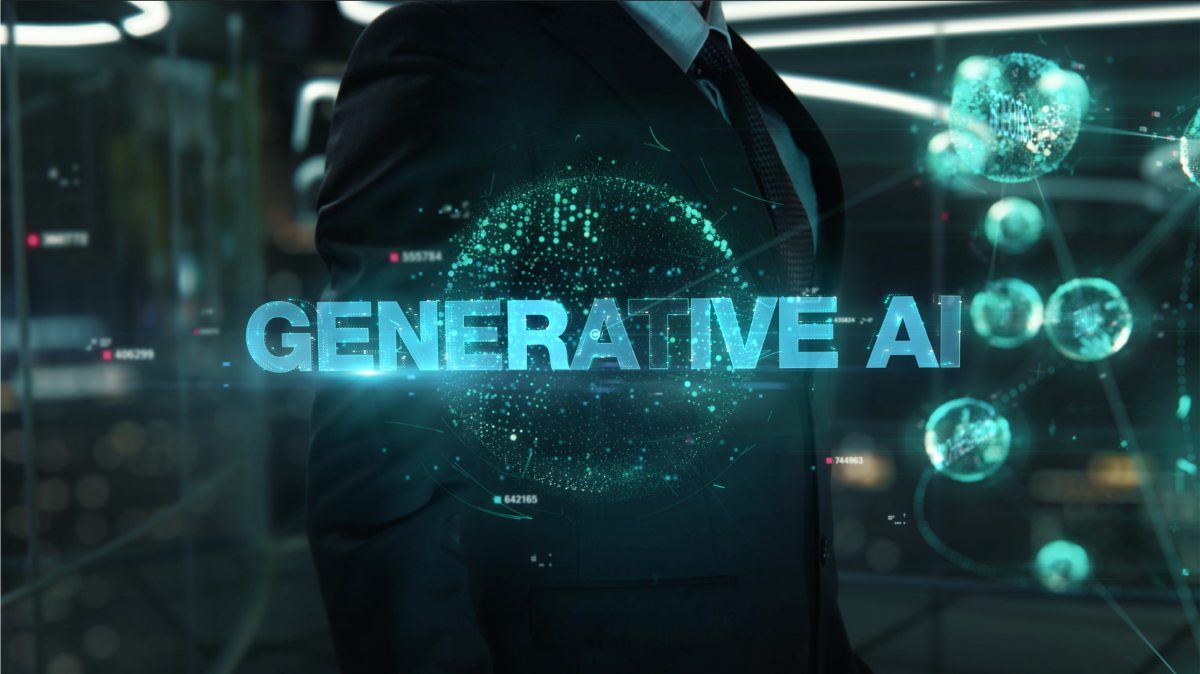
Generative AI, a subset of artificial intelligence, is an innovative technology that has revolutionized the way we create content, make decisions, and solve complex problems. Unlike traditional AI, which operates within predefined boundaries, generative AI has the capability to produce new, unique content based on learned patterns and data inputs. This remarkable ability has far-reaching implications across various industries, driving efficiency, creativity, and innovation. Let's delve into what generative AI is and explore how it is transforming different sectors with real-world examples.
Generative AI refers to systems that use machine learning algorithms to generate new content. These systems are trained on vast datasets and learn to understand patterns, structures, and styles within the data. Once trained, they can produce original content such as text, images, music, and even complex simulations. Key technologies in this domain include Generative Adversarial Networks (GANs), Variational Autoencoders (VAEs), and transformer models like GPT-4, BERT, T5, Gemini, Amazon Titan, Jurassic-2, Claude 2, Command and Embed, and Stable Diffusion.
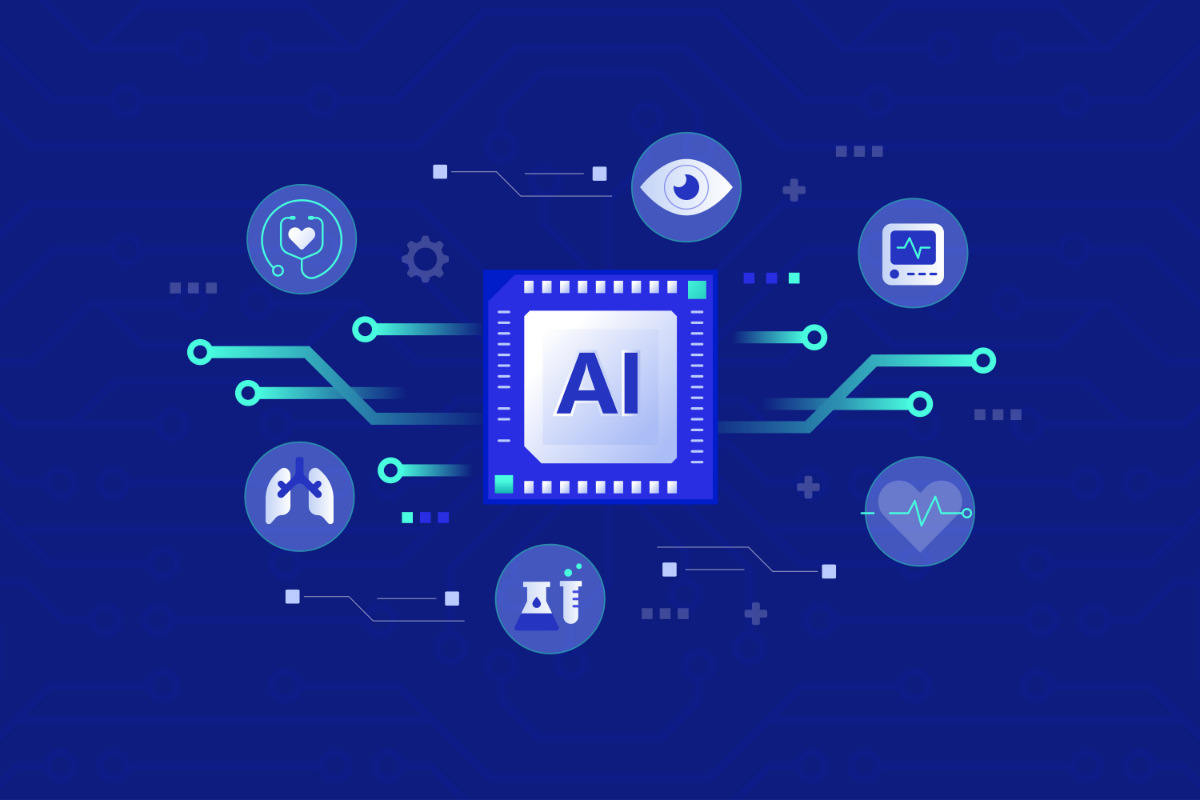
In the healthcare sector, generative AI is making significant strides. One notable application is in drug discovery. Traditionally, discovering new drugs is a time-consuming and expensive process. Generative AI accelerates this by simulating millions of molecular structures and predicting their effectiveness as potential drugs.
Example: Insilico Medicine, a biotech company, uses generative AI to design new drug candidates. Their AI models can generate novel molecules that target specific diseases, significantly reducing the time and cost involved in drug discovery.

The entertainment and media industry is leveraging generative AI to create content that captivates audiences in new and exciting ways. From generating realistic visuals to composing music, the possibilities are endless.
Example: OpenAI’s DALL-E, a generative model, can create images from textual descriptions. This has immense potential for filmmakers, game developers, and advertisers who need unique and compelling visuals without extensive manual effort.

In finance, generative AI is being used to improve fraud detection, personalize customer experiences, and generate insights from vast amounts of data. AI models can identify unusual patterns and predict fraudulent activities with high accuracy.
Example: JPMorgan Chase employs generative AI to analyze financial transactions and detect anomalies. This helps in preventing fraud and ensuring secure transactions, thereby enhancing customer trust.

Generative AI is transforming the retail and e-commerce landscape by personalizing shopping experiences and optimizing inventory management. AI models can generate personalized product recommendations based on customer preferences and buying behavior.
Example: Amazon uses its generative AI models, like Amazon Titan, to power its recommendation engine. By analyzing customer data, the AI can suggest products that customers are likely to purchase, thereby increasing sales and improving customer satisfaction.
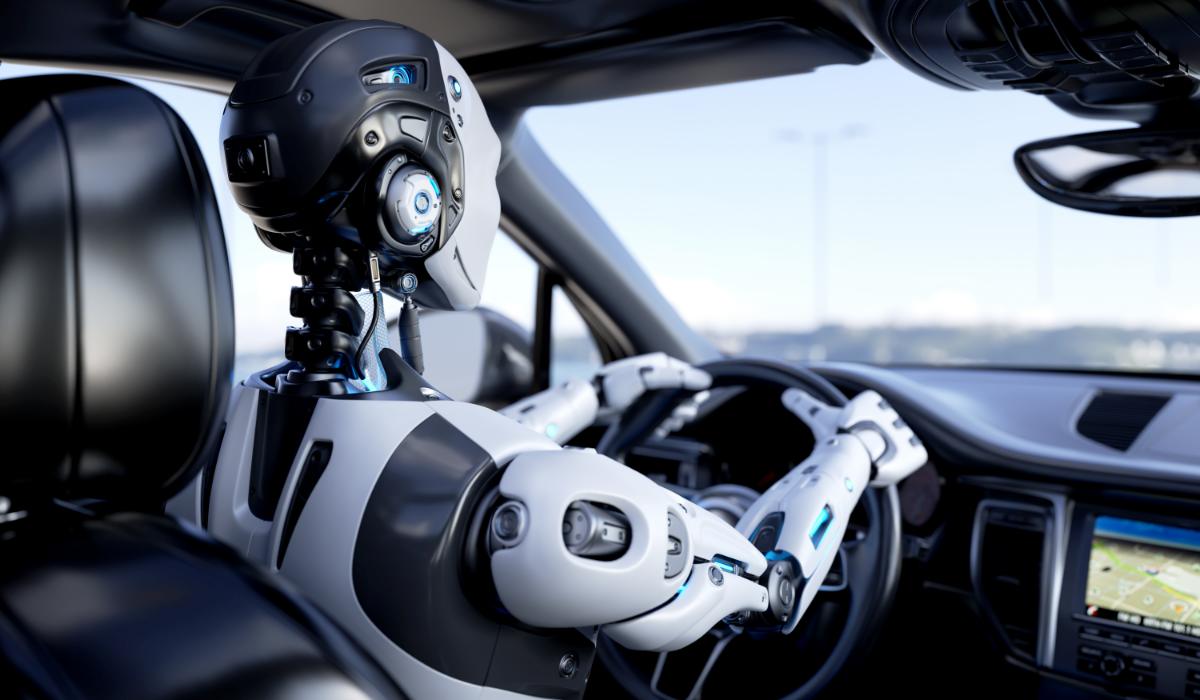
The automotive industry benefits from generative AI in designing new vehicle models, optimizing manufacturing processes, and enhancing autonomous driving technologies. AI-generated designs can lead to more efficient and aesthetically pleasing vehicles.
Example: Tesla utilizes generative AI to improve its autonomous driving software. By analyzing vast amounts of driving data, the AI can generate driving scenarios and improve the decision-making capabilities of self-driving cars.
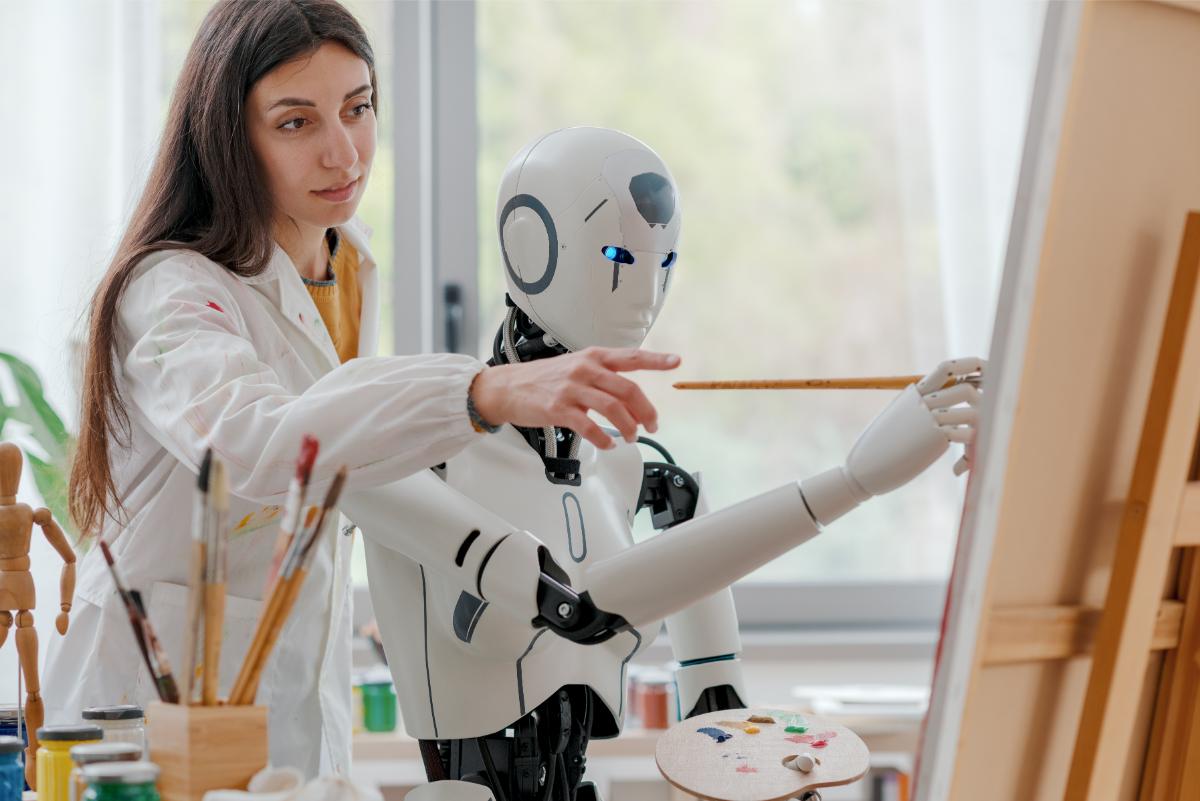
Generative AI is a boon for artists and designers, providing them with tools to push creative boundaries. AI can generate unique artworks, assist in design processes, and even create entire virtual worlds.
Example: The AI program DeepArt uses neural networks to transform photos into artworks in the style of famous painters. Artists and designers use this tool to experiment with new styles and create visually stunning pieces.
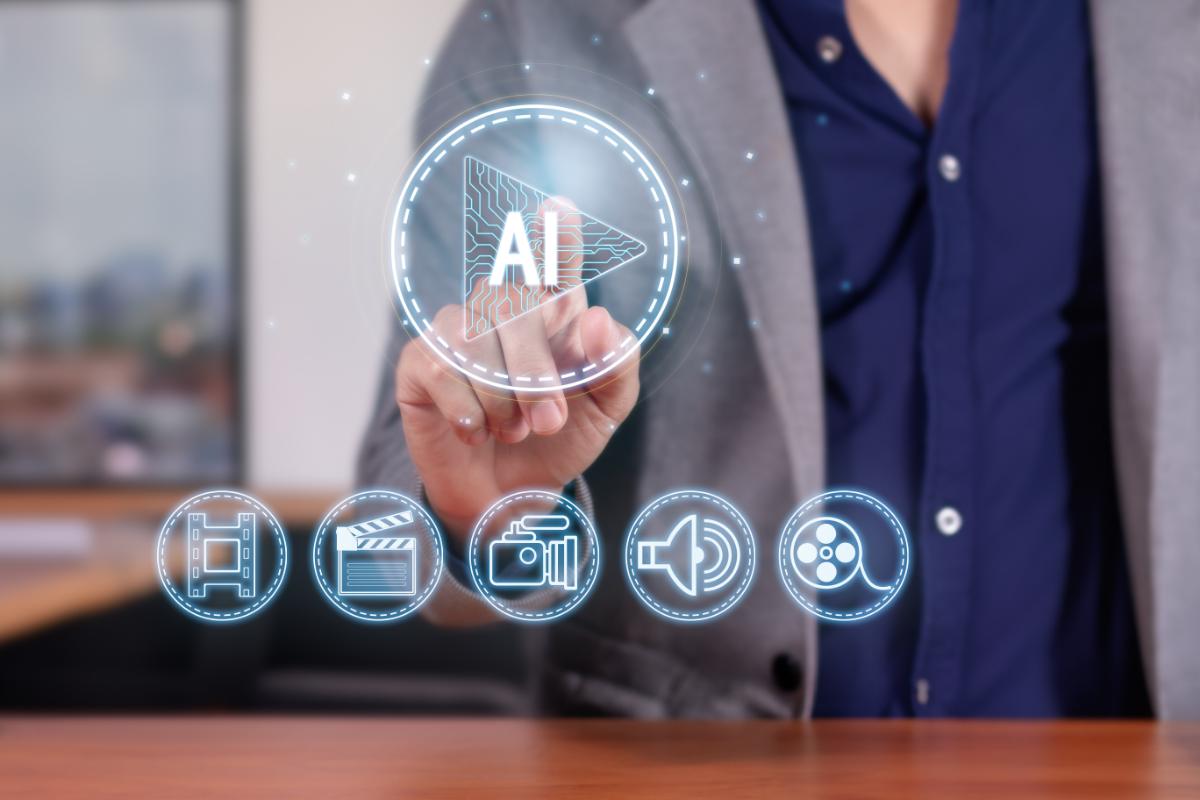
In the marketing and advertising industry, generative AI is revolutionizing how campaigns are designed and executed. AI models can create personalized content and strategies that resonate with target audiences.
Example: Coca-Cola used OpenAI’s GPT-3 to generate creative copy for their marketing campaigns. The AI produced catchy slogans and engaging content, saving time and boosting creativity.
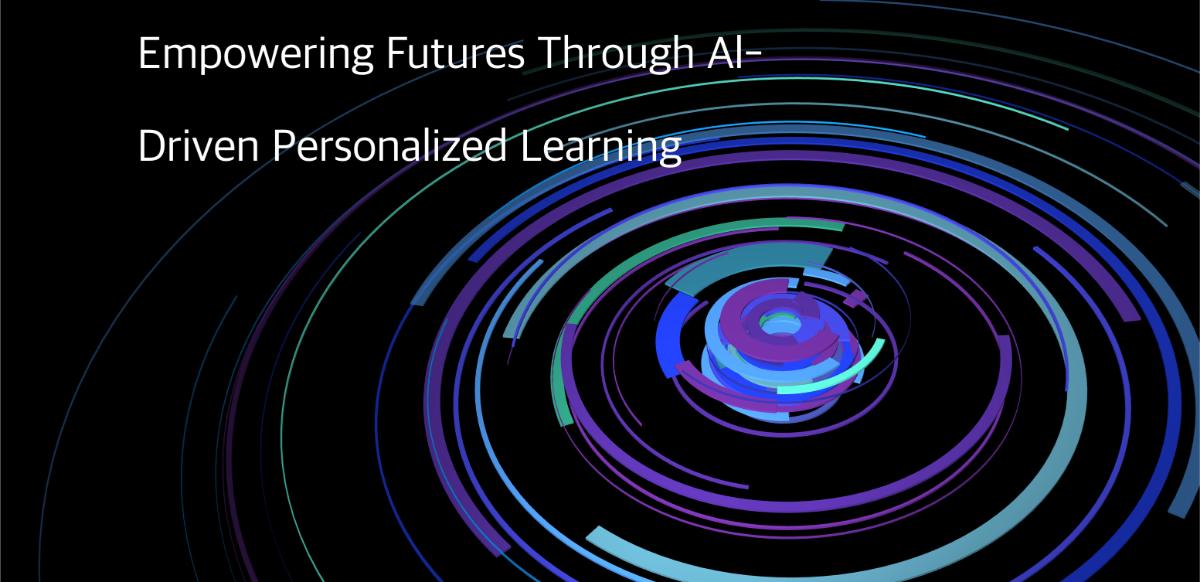
Credit: Squirrel AI
Generative AI is enhancing the educational sector by creating personalized learning experiences and materials. AI models can generate customized lesson plans, quizzes, and even tutor students.
Example: Squirrel AI uses generative AI to provide personalized learning paths for students. The AI analyzes students' strengths and weaknesses and generates tailored educational content to help them improve.

Generative AI is improving customer service by enabling the creation of sophisticated chatbots and virtual assistants that can handle a wide range of customer inquiries and issues.
Example: Zendesk uses generative AI to power its customer service chatbots. These AI-driven bots can generate accurate and helpful responses, improving customer satisfaction and reducing response times.

In the gaming industry, generative AI is used to create dynamic game environments, characters, and storylines, enhancing player engagement and experience.
Example: Ubisoft employs generative AI to generate realistic game environments and character behaviors. This allows for more immersive and interactive gameplay experiences.

Generative AI is a game-changer for content creation, allowing for the production of high-quality articles, blog posts, and other written content with minimal human intervention.
Example: Jasper, an AI writing assistant, uses models like GPT-3 to generate blog posts, social media content, and marketing copy. This helps businesses create engaging content quickly and efficiently.
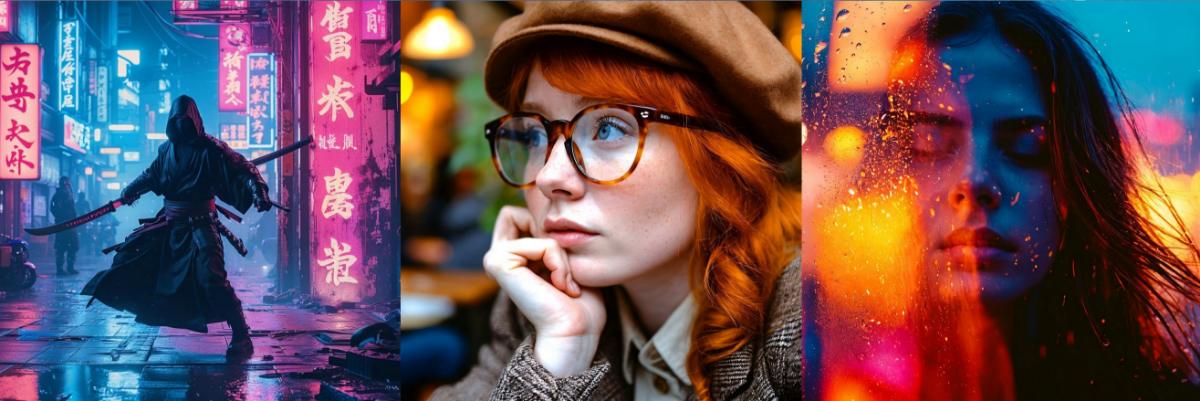
Credit: https://stability.ai/stable-artisan
Stable Diffusion, another powerful generative AI model, is revolutionizing the creation of visual art by generating highly detailed and unique images.
Example: Artists use Stable Diffusion to create intricate and unique digital artwork, pushing the boundaries of creativity and exploring new artistic styles.
Generative AI is not just a technological advancement; it is a transformative force reshaping industries across the globe. By harnessing the power of machine learning and data, generative AI creates opportunities for innovation, efficiency, and creativity that were previously unimaginable. As this technology continues to evolve, its impact will only grow, driving progress and opening new horizons in various fields. Whether it’s in healthcare, entertainment, finance, retail, automotive, art, marketing, education, customer service, gaming, or content creation, generative AI is set to redefine what’s possible, paving the way for a future brimming with potential.